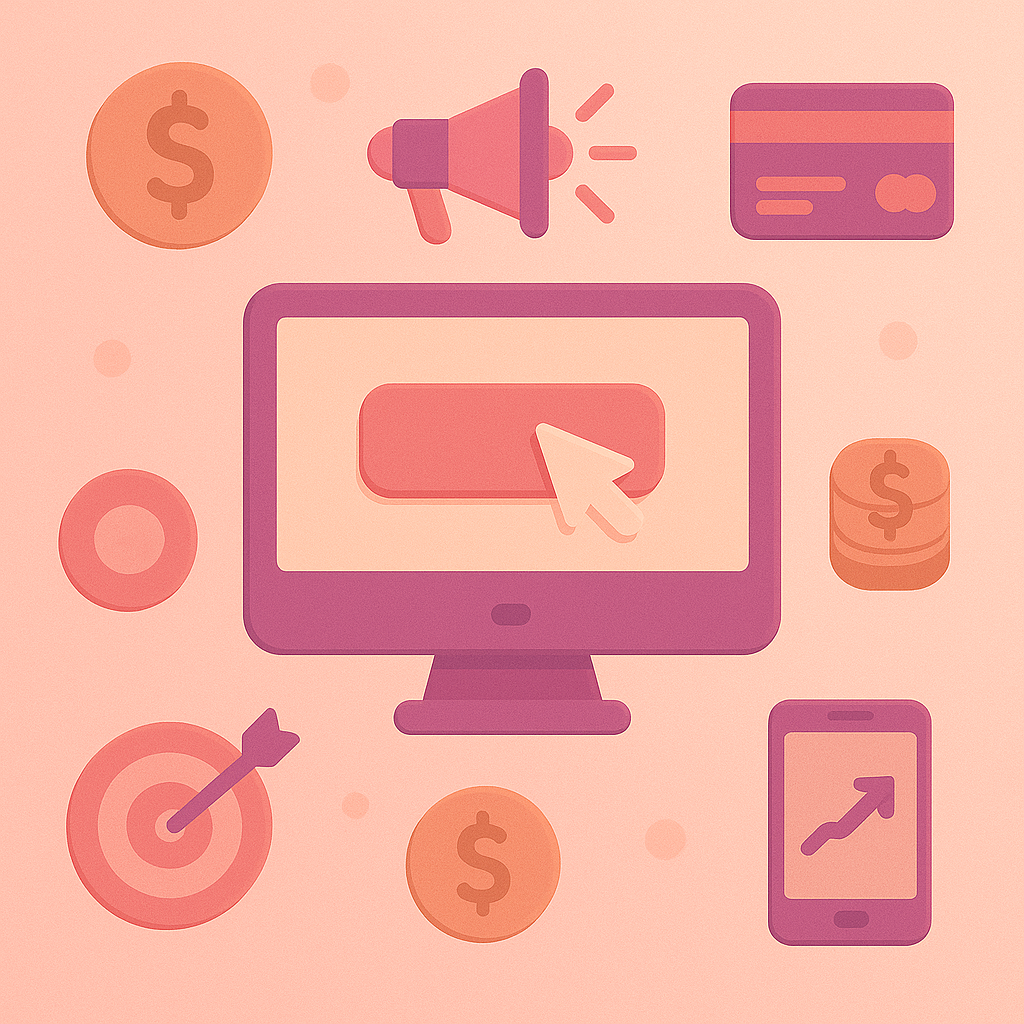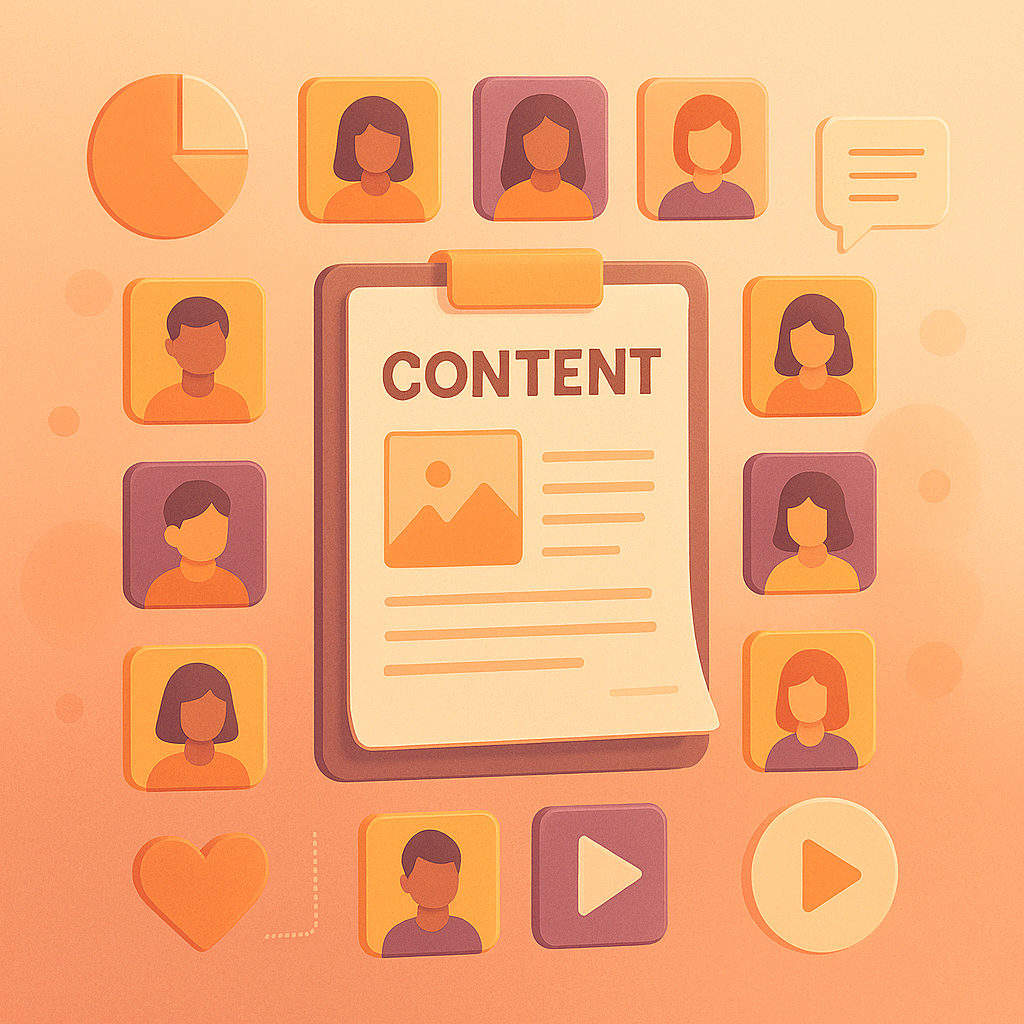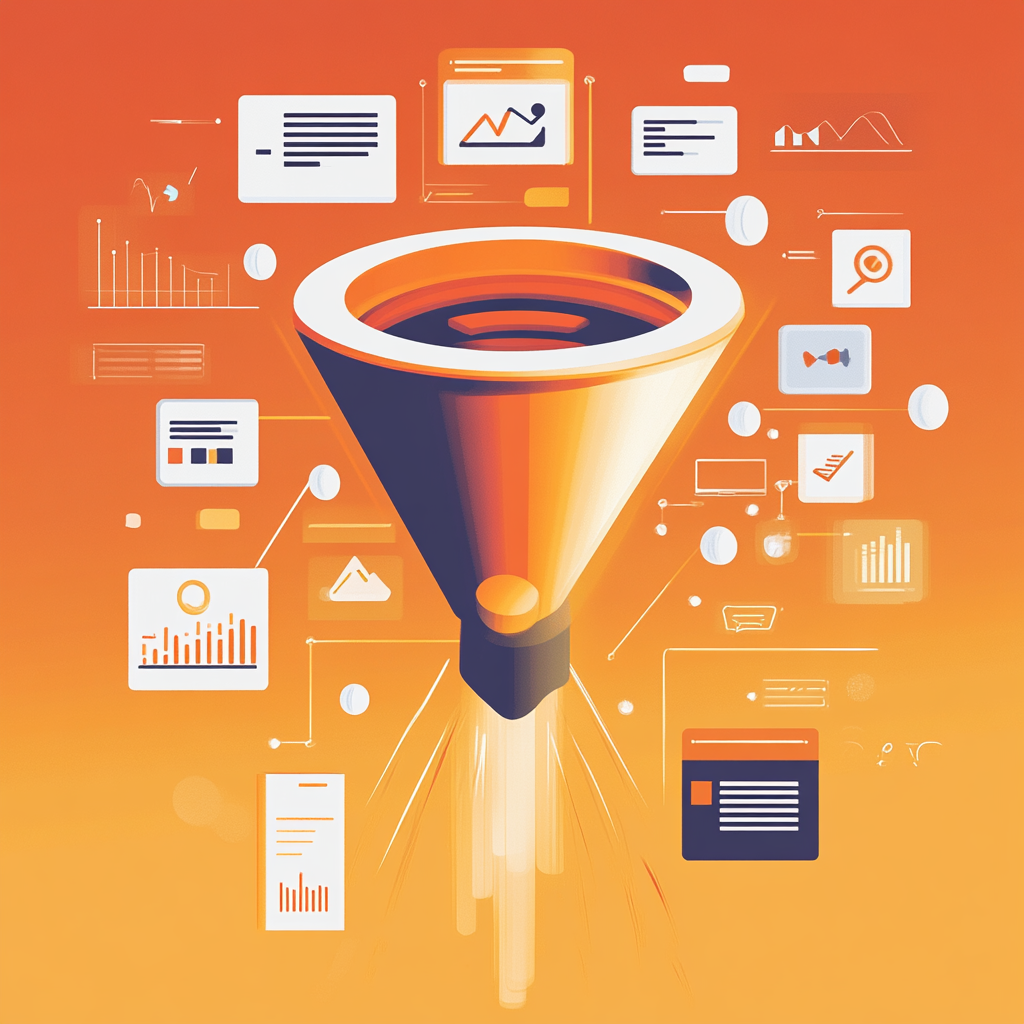Contents
The day has arrived to launch your product. The technical work is done, and while the team breathes a sigh of relief, here comes the next big challenge: launching the best B2B marketing campaign.
Successful promotion of a new product is more than just a great offering. Your potential customers are bombarded with information daily, and it’s difficult for you to cut through the noise. Moreover, B2B products need to provide substantial value and build lasting relationships. So they require innovative marketing strategies that capture people’s attention and drive engagement.
In this article, we’ll walk you through the 7 Best B2B Marketing Campaigns that deliver fast and impactful results. Apply the most relevant one for your product and get a long-term success.
Contents
How to prepare for a successful B2B marketing campaign?
First of all, ask yourself a few key questions:
-
What are our exact goals for this campaign?
-
Who is our target audience, and how does our product solve their pain points?
-
With a limited budget, which channels should we prioritize?
-
What KPIs will we track, and how will we measure success after launch?
Answering these questions clearly will shape your campaign strategy. Here is an example of key components you should have before the launch:

As soon as you have all these factors considered, you can choose a type of campaign.
1. ABM as one of the best B2B marketing campaigns
Account-Based Marketing (ABM) is highly beneficial for B2B marketing campaigns because it helps businesses focus their resources on high-value accounts, which leads to increased efficiency and better ROI. According to a study by the ITSMA, marketers report that ABM outperforms other marketing investments in terms of ROI in 2023:

How to implement ABM:
1. Identify high-value accounts
-
Use data analytics, CRM insights, and firmographics to identify which accounts are most valuable and likely to convert.
-
Segment your accounts based on factors such as industry, company size, and buying potential.
2. Research and map the buyer’s journey
-
Understand the pain points and needs of decision-makers within each account. Research their roles, goals, and challenges to map a detailed buyer’s journey.
-
Identify the key stakeholders and their positions in the decision-making process.
3. Develop personalized campaigns
-
Create content and messages specifically tailored to each account’s challenges and needs. Address the pain points unique to their industry or business.
-
Personalize emails, landing pages, and marketing assets to speak directly to their issues, using language that resonates with each decision-maker.
4. Engage across multiple channels
-
Combine email marketing, social media channels, direct mail, and personalized landing pages. Tailor each channel’s messaging to the specific account.
5. Set up a collaboration between sales and marketing departments
-
Ensure both departments collaborate closely. Marketing should provide sales with detailed insights about each account, and sales should offer feedback on interactions.
*This alignment helps create a seamless buyer journey from initial engagement to closing the deal.
6. Offer exclusive previews
-
Provide top accounts with exclusive access to product previews, demos, or content. Offering something unique builds stronger relationships and incentivizes action.
-
VIP experiences can also help maintain long-term engagement.
And don’t forget to continuously track the KPIs you set before launching the campaign.
2. Why Interactive Product Demo is an innovative B2B marketing tool
Interactive product demos offer a highly engaging way to showcase your product in real-time, helping potential customers visualize its value in their own context. They are effective as B2B marketing campaigns because:
+ Unlike static presentations or videos, interactive demos keep viewers engaged for longer periods. So you can address specific pain points and differentiate your offering from competitors.
+ You can break down complex features and benefits of your product. So buyers will easily understand how it can solve their problems.
+ Interactive demos show value, functionality and a hands-on experience. That makes customers feel more confident in their purchasing decisions.
Tips for building an effective Product Demo for 2024:
One of the best B2B marketing examples in 2024 is Mercury‘s product demo.

Here is what you can learn from it:
1. Place the demo on your homepage or other high-traffic pages to capture attention early in the buyer’s journey.
2. Avoid overwhelming users with too many features at once. Highlight key functionalities, as demonstrated by companies like Mercury and Zoho, who keep their demos short and focused.
3. Let users explore different aspects of your product that are relevant to their needs. For instance, Mercury’s demo lets prospects try features using their own data, creating a customized experience.
4. While some companies gate their demos, consider offering part of the demo ungated, as Topmate does. This allows users to experience your product’s core value without friction, while still gathering valuable lead information at a later stage.
3. Virtual or Hybrid Events: another type of a successful B2B marketing campaign
The rise of virtual and hybrid events has transformed B2B marketing strategies and created new opportunities in the marketing space. These formats are cost-effective and accessible to a global audience, and they are ideal for generating buzz about your product or service.
Let’s have a look at HubSpot’s INBOUND 2024. It is a major annual event focused on inbound marketing, sales, and customer success. Thousands of marketers, business leaders, and SaaS professionals get together in one place.

The event’s format offers a mix of live keynote speeches, interactive panels, and networking opportunities for both in-person and virtual attendees. HubSpot uses this event not just for brand awareness but to educate its audience. They showcase their CRM and marketing software through exclusive demos, previews, and workshops. INBOUND maximizes reach, fosters strong brand connections, and drives lead generation.
If you’re interested in hosting your own event, or simply looking to connect and engage with others – check platforms like Eventtia, Bizzabo, and Eventify. These platforms are designed to support your B2B marketing efforts, whether you’re looking to generate leads, expand your brand reach, or stay updated on the latest industry events.
4. Utilize Influencer and Thought Leader Collaborations
Influencers are trusted by their audience. Collaborating with them builds the credibility of a brand, product, or service. Compared to traditional marketing channels like ads, influencers drive higher engagement with relevant messaging. It acts as a form of social proof, elevating the brand’s authority within the modern B2B industry.
How to get the most out of engaging with influencers:
→ Focus on micro-influencers and thought leaders who have deep expertise in your industry. Platforms like LinkedIn or Twitter are a good fit for reaching B2B brands.
→ Collaborate on meaningful content that aligns with both your brand and the influencer’s messaging like webinars, whitepapers, or LinkedIn Live sessions.
→ Personalize B2B content for each audience. Refer to the specific pain points of your audience. The influencer should speak from a position of knowledge and authority on those issues.
→ Build Long-Term Relationships. Instead of a one-time campaign, develop long-term partnerships with influencers for ongoing collaboration, maximizing trust and familiarity.
5. Develop a Content Hub Focused on Industry Challenges
A content hub offers a centralized resource that addresses your target audience’s key challenges, positioning your product as the solution in the next B2B campaign. It’s a long-term strategy that keeps your B2B audience engaged even after the launch.
When creating B2B content marketing, there are several general industry challenges to keep in mind. These challenges shape how businesses and their decision-makers develop, distribute, and consume content. Have a look at the key ones:

If you find yourself struggling with any of those points, book a call with our expert to discuss possible solutions.
Depending on the issue your product solves, you can choose formats of content for your Hub:
| Type of content | Best for | Include |
| Educational Hub | Audiences looking for learning resources, research, and thought leadership. | Blogs, how-to guides, tutorials, webinars, and eBooks. |
| Product-Focused Hub | If you launch products for users who research specific solutions. | Case studies, product comparisons, demo videos, FAQs, and success stories. |
| Thought Leadership Hub | Building authority in your niche. | Expert interviews, opinion pieces, industry forecasts, podcasts, and whitepapers. |
| Interactive Hub | Engaging users with more dynamic experiences. | Interactive tools (calculators, quizzes), infographics, videos, and polls. |
| Community Hub | Encouraging collaboration and peer-to-peer learning. | Forums, Q&A sections, user-generated content, and group discussions. |
6. Launch a Pre-Release Campaign with Exclusive Previews
First, a pre-release campaign with exclusive previews is one of the best B2B marketing campaigns because it builds excitement and anticipation for your product before its official launch. You can offer early access to a product, service, or feature for users to try and get excited.
This strategy is ideal for B2B companies, especially in SaaS or tech, because it creates a sense of exclusivity, allowing businesses to showcase products to decision-makers and early adopters, driving faster adoption and brand trust.
It’s best to launch these campaigns a few weeks before the official release. Use email invites, targeted ads, and landing pages as channels to invite select clients or prospects. Partnering with industry influencers can also amplify reach.
Key Steps for Success:
-
Segment your audience to identify high-value prospects.
-
Personalize your outreach with tailored invites.
-
Create exclusive content like VIP demos or limited-time trials.
-
Leverage early feedback as a successful B2B marketing campaign hinges on customer insights.
Let’s take a look at HubSpot again.

As they first started their marketing campaign on this CRM, they conducted a live event we saw in the previous section. And while announcing the launch of the event, they have already posted free access. This helped them to drive interest and first users.
7. Implement a Data-Driven Marketing Strategy
A data-driven marketing strategy involves using data analytics to make informed marketing decisions. It leverages customer data, behavior patterns, and insights to tailor campaigns, improving personalization and ROI.
It fits B2B companies, particularly those in SaaS, eCommerce, and tech sectors, looking for effective B2B marketing campaigns. B2B businesses benefit by making more informed decisions, improving targeting for long sales cycles, and creating personalized content for diverse decision-makers.
Ideal during product launches, customer acquisition, or account-based marketing (ABM) efforts. Collect data from key touchpoints like CRM systems, social media platforms, websites, and email marketing tools. Platforms like Google Analytics, HubSpot, or Salesforce are crucial marketing platforms for managing and analyzing data.
Have a look at the detailed scenario of implementing a Data-Driven Marketing Strategy:
|
Step |
Action |
Framework |
|
1. Clean and Integrate Data |
Gather data from all available sources (CRM, social media, website, sales interactions, etc.). |
Use a Single Customer View (SCV) framework, integrating all customer interactions into one place for unified access to insights. This ensures consistency and accuracy in customer profiles. |
|
2. Segment Your Audience |
Segment your audience based on behavior, buying stage, industry, role, or firmographics (size, revenue). |
Apply the RFM Model (Recency, Frequency, Monetary value) to categorize prospects based on their most recent engagement, the number of times they’ve interacted with your brand, and the value they bring to your business. |
|
3. Predictive Analytics for Personalization |
Use Predictive Analytics to anticipate customer behavior and needs. Tools like machine learning models can help predict which leads are most likely to convert or which content will perform best. |
Implement a Lead Scoring Model that assigns scores to leads based on their interactions, demographic data, and buying intent. This ensures sales teams prioritize the highest quality leads. |
|
4. Test and Optimize |
Continuously run A/B testing or multivariate testing on campaigns to see which data-driven decisions are producing the best results. |
Use Conversion Rate Optimization (CRO) frameworks to systematically improve the performance of marketing campaigns by focusing on user experience and engagement data. |
|
5. Real-Time Data Utilization |
Make use of real-time data to adjust campaigns dynamically based on how the audience interacts with your content or site. |
Adopt a Real-Time Bidding (RTB) system for ads, allowing you to optimize digital ad campaigns based on live audience engagement data. |
For sure, data-driven marketing comes with challenges, particularly around data quality, privacy concerns, and the resources needed for data analysis and growth marketing. To address this:
-
Ensure you have a robust data governance policy in place.
-
Use GDPR-compliant tools to safeguard customer data.
Summarizing 7 Best B2B Marketing Campaigns
In the ever-evolving B2B landscape, understanding the 7 best B2B marketing campaigns offers valuable lessons for B2B marketers aiming to craft an effective B2B marketing strategy. These campaigns highlight the power of a well-executed digital marketing strategy, using channels like social media marketing to build trust and engagement. Strategies like SEO and search campaigns have proven critical in enhancing online visibility and driving traffic to essential content.
A key takeaway is the integration of B2B and B2C tactics, seen in creative B2B marketing campaigns that perform well across various platforms. For B2B companies, the role of a marketing manager becomes crucial in ensuring consistent marketing messages. As demonstrated by these winning B2B campaigns, leveraging digital advertising platforms and carefully targeting audiences are essential components of a successful marketing campaign.
Marketers can analyze these campaigns for inspiration and refine their approach to fuel future growth and success. For the next big campaign, embracing the best marketing practices will be critical for thriving in the competitive B2B landscape.











